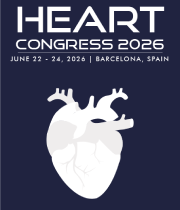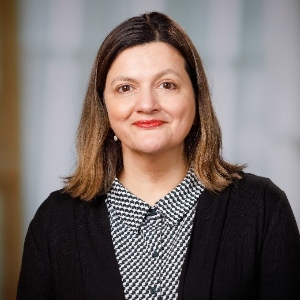Title : The benefits of assistive devices and physical activity in cardiac and geriatric patients with peripheral artery disease
Abstract:
Peripheral artery disease (PAD) is a cardiovascular disease affecting more than 8.5 million Americans over the age of 40 years and is prevalent in the geriatric cardiology population. PAD is a manifestation of systemic atherosclerosis, characterized by atherosclerotic blockages of the arteries supplying the legs. Claudication, or pain in the legs precipitated by activity such as walking, is the most common symptom of PAD. Treatment for PAD is aimed at improving the blood flow and includes lifestyle modifications. Some of these preventive measures are smoking cessation, a low-cholesterol diet, controlling diabetes and blood pressure, and improved physical activity including supervised walking programs, and assistive devices for walking. Patients with PAD experience reduced mobility, reduced physical functioning, poor health outcomes, and increased risk of falls. This leads to generally adopting an inactive lifestyle; hence, even small changes in physical activity could reduce the risk of an adverse cardiovascular event.
For patients with peripheral artery disease compliance with non-invasive interventions like assistive devices including an ankle foot orthosis (AFO) and long-term exercise therapy is important for improved health outcomes. Benefits to patients can only be measured if patients with peripheral artery disease adhere to the intervention and barriers are identified with improved solutions. Barriers associated with AFO function that prevent common activities and poor health seem to be the biggest issue for not wanting to wear the AFO after the 3-month intervention. Addressing patients' perceptions and challenges to wearing the AFO is essential to increasing compliance and physical activity. Future research should concentrate on understanding the compatibility of orthotic device interventions with the subject's lifestyle.
This was the doctoral research that was put together as the dissertation and published in renowned journals.
Audience Take Away
• The audience will learn how to manage PAD patients conservatively.
• Nonsurgical interventions and encouraging physical activity are a lower cost-effective method of managing PAD patients.
• Expanding the knowledge of nonsurgical interventions can be added to the research and teaching of the faculty, as a novelmethod to manage chronic PAD patients.



